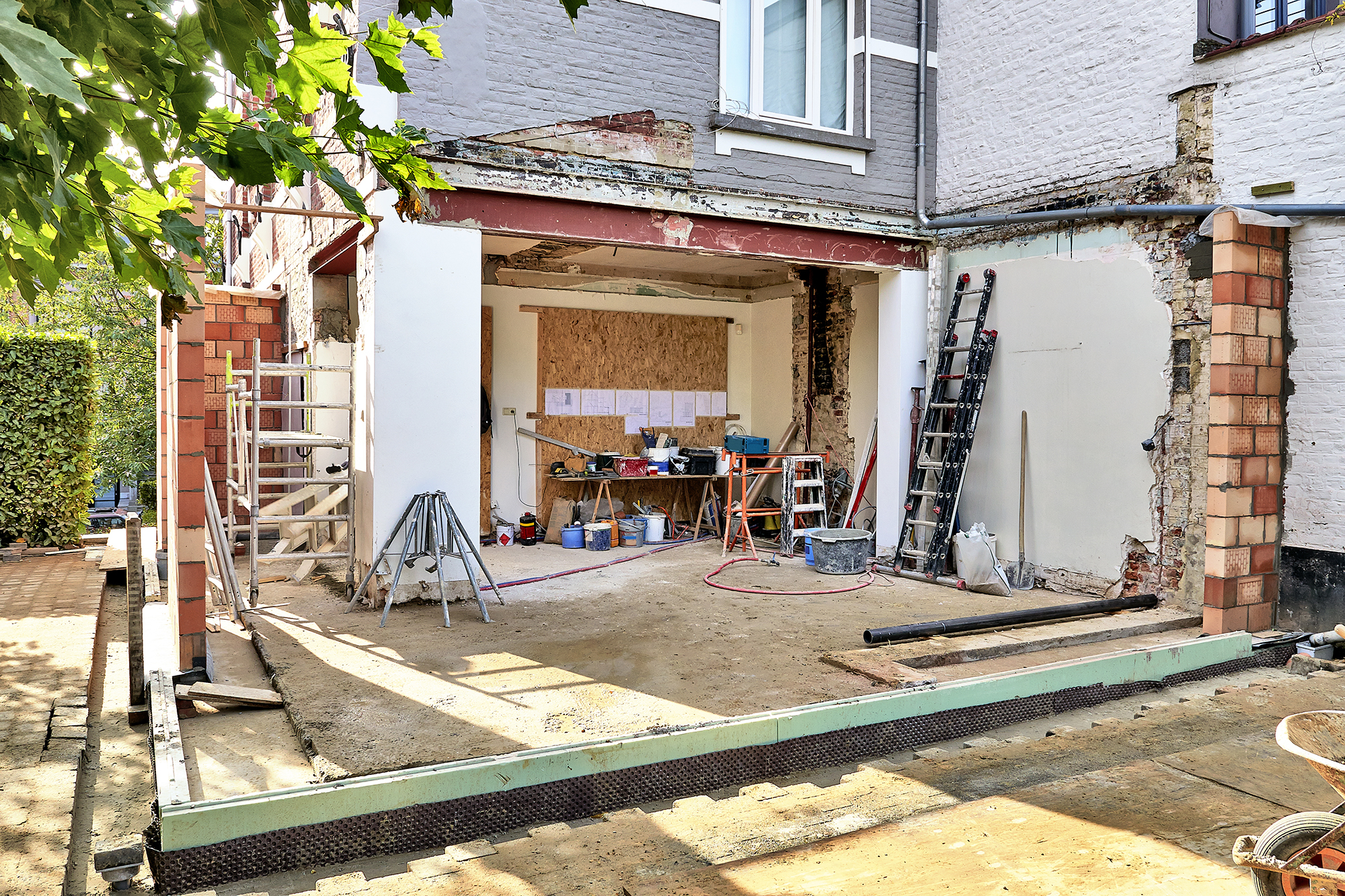Planning permission: when do you need to get consent from your council?

We reveal when you’ll need planning permission and how you can avoid (unintentionally) breaking the rules when extending or upgrading your property.
Extending your property is one of the best ways to create both space and value.
But if you do it without planning permission (if it’s needed), you could be creating a big problem down the line.
According to recent research from insurer Churchill, almost 40,000 retrospective planning applications were filed across the UK over the past three years.
A retrospective application is one that’s put in after the work has taken place, rather than beforehand.
It’s a risky way to go about getting your dream project approved as almost one in eight (12%) retrospective planning applications were refused between 2017 and 2019.
In these cases, councils can ask for the work to be reversed.
Sometimes property owners are knowingly breaking the rules, but other times they are simply unaware they need planning permission.
“You’d be surprised by the number of people, even some professionals, who don’t bother to research which planning policies apply to the property or site in question,” says Simon Rix of planning consultants Planix.uk.
“I hear so many myths when it comes to getting planning consent.”
Read on for practical tips on avoiding potentially expensive mistakes down the road. If you want to know more about the basics of planning permission, then start with this guide instead.
Permitted development rights
To make life easier for homeowners, the UK Government introduced permitted development rights in 2015 that allow certain works without the need for planning permission from your local council.
Full details of the legislation are available here.
The problem is that many people think it applies to their property – when it doesn’t. For a start, the residential rights apply only to houses, not flats or maisonettes.
But even for houses, there are plenty of exclusions. It’s probably obvious that if you live in a conservation area or own a listed building that different rules may apply.
What may be less obvious, however, is that councils have the power to withdraw permitted development rights in other certain areas using Article 4 directions.
Many relatively modern developments may have had these rights withdrawn when they were built.
“There are a lot of misconceptions surrounding permitted development and what it’s for,” says Jeremy Wiggins, technical director at architectural firm Gpad London.
“It was intended to help residents adapt older houses for modern life by providing additional floor area.
“Most newly approved houses already follow the council’s space standard and a lot of modern planning-approved houses have also had their permitted development rights removed.”

Choose your materials carefully
Even if permitted development does apply to your property, some requirements are very specific and if you fail to stick to these, you could be asked to put in a retrospective planning application.
“If you do go with permitted development, it’s important to remember that you will need to match the materials of the extension to the existing property,” advises Wiggins.
“This includes things like the brick bond.
“So, although your contractor may suggest going for a simpler bond, you will be in breach of planning unless you adopt the existing one.”
Whether it’s getting the materials wrong or thinking permitted development applies when it doesn’t, Churchill’s research suggests many people are making mistakes in relation to permitted development.
Single-storey and loft extensions are both possible under these rights, but the former was the most commonly reported reason for applying for retrospective planning permission, while the latter was the third most reported.
The rules about materials are even more rigorous in conservation areas and you could fall foul of these simply by changing an external paint colour or a door.
Renovate or relocate: should I move or improve my home?
Check before upgrading windows
Given the growing focus on energy-efficient housing, it would be reasonable to assume that the Government might want us all to replace any draughty single-glazed windows with double-glazing.
But this is not necessarily the case. In some areas, particularly conservation or Article 4 areas, you are likely to need planning permission for any new windows.
This is an area where flats are at a disadvantage.
While outside of the above areas, houses can generally upgrade without permission, most councils require all flats to apply for planning permission to upgrade to double glazing.
On top of this, flats will usually also need permission from their freeholder to change their windows – or carry out any other alterations that would require planning permission.

Watch out for height limits
Surely, no one would object to a bit of garden maintenance.
But they might if you have a tree covered by a Tree Protection Order, in which case you’ll probably need permission to remove it, or in some cases even to prune it.
Major landscaping works can also sometimes require planning permission.
Even the Duchess of Sussex, Meghan Markle, and Prince Harry, reportedly got something wrong in this regard when landscaping Frogmore Cottage and had to put in a retrospective planning application.
If you’re building or changing a fence, be aware there’s a limit to the height you can build without requiring planning permission.
“Garden fences, for instance, will require it if they are above two metres in height,” says Wiggins.
This is reduced to one metre if the fence is next to a highway.
You’re also likely to need permission for decking if it is more than 30cm above the ground, or if together with extensions or outbuildings, it covers more than 50% of your garden.
The latter also applies to conservatories. If a conservatory on its own or with other buildings takes up more than 50% of your garden, you’ll need to get planning permission.
If in doubt, seek advice
Even if you are certain you don’t require planning permission for your proposed project, it’s wise to at least put in a call to your local council.
Many will answer a basic question such as ‘do I need planning permission to change my windows?’ for free and some may offer a more formal pre-application advice service, which may incur a fee.
Sally Tagg, managing director at planning consultancy Foxley Tagg Planning, says using such a service can save applicants a lot of time and effort.
“The planning application process is not always straightforward, and applicants tend to make mistakes early because they have failed to deal with the basic issues and not sought out independent planning advice,” says Tagg.
Comments
Be the first to comment
Do you want to comment on this article? You need to be signed in for this feature